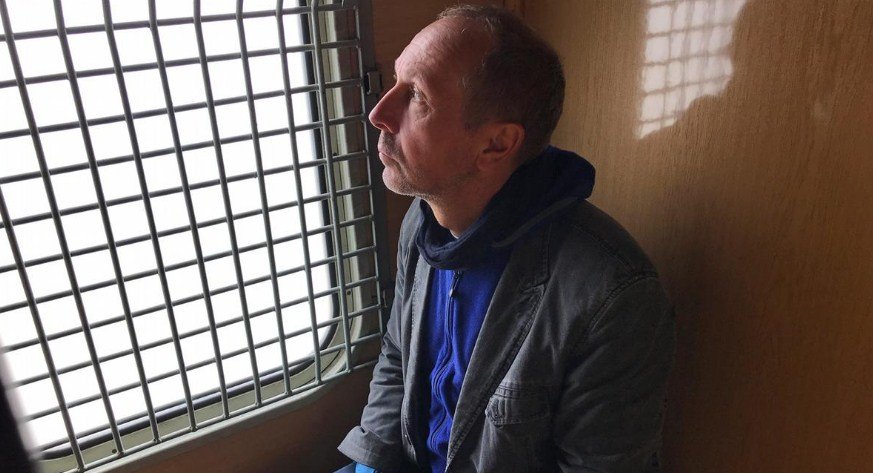Every year, thousands of people gather in a village in eastern Bulgaria to celebrate their culture and heritage in a unique way. They dress up in traditional costumes, dance around a bonfire, and enjoy the simple pleasures of life without any modern technology. This is the International Folk Costume Festival in Zheravna, a three-day event that aims to preserve and promote the Bulgarian folk spirit.
The Rules of the Festival
The festival, which started in 2008, has some strict conditions for those who want to participate. First, they have to wear some form of traditional or historical clothing, such as the colorful embroidered dresses, woolen vests, and leather shoes that were common in the past. Second, they have to leave behind any electronic devices, such as cell phones, cameras, or laptops. No plastic is allowed either. The organizers say that these rules are meant to create a “total detachment from civilization” and a “return to the fundamental roots” of Bulgarian culture.
The festival is held in Zheravna, a village that dates back to the 14th century and has preserved its authentic architecture and atmosphere. The village has about 200 wooden houses, some of which are museums, guesthouses, or craft shops. The festival takes place in the streets, courtyards, and meadows of the village, where various events and activities are organized.
The Highlights of the Festival
One of the main attractions of the festival is the music and dance. Hundreds of musicians play traditional instruments, such as bagpipes, flutes, drums, and violins. They perform folk songs and tunes from different regions of Bulgaria and neighboring countries. Thousands of people join them in dancing the horo, a circular dance that symbolizes unity and harmony. The horo can last for hours and involve complex steps and patterns.
Another highlight of the festival is the bonfire on the second night. After dancing until sunset, people gather around a huge pile of wood and light it up with torches. The fire represents the purification and renewal of the spirit. People throw their wishes and prayers into the flames and watch them soar into the sky. Some also jump over the fire as a sign of courage and luck.
The festival also features other aspects of Bulgarian culture, such as cuisine, crafts, games, and rituals. People can taste homemade dishes, such as banitsa (cheese pastry), kavarma (meat stew), and tarator (cold yogurt soup). They can also buy or make souvenirs, such as pottery, jewelry, or embroidery. They can play old-fashioned games, such as archery, wrestling, or tug-of-war. They can witness or participate in ancient rituals, such as fire-walking, wedding ceremonies, or fortune-telling.
The Impact of the Festival
The festival attracts people from all walks of life and all ages. Some are locals who want to honor their ancestors and traditions. Some are foreigners who want to experience a different culture and lifestyle. Some are young people who want to have fun and escape from the stress and noise of the modern world.
The festival has become one of the most popular summer events in the Balkans, with around 25,000 visitors this year. It has also received international recognition and praise for its originality and authenticity. It has been featured in various media outlets, such as Radio Free Europe, Wired, and BBC.
The festival’s organizers say that their goal is not to reject or criticize technology, but to remind people of the value and beauty of their roots. They hope that by creating a space where people can connect with themselves, each other, and nature, they can inspire them to live more consciously and respectfully.

